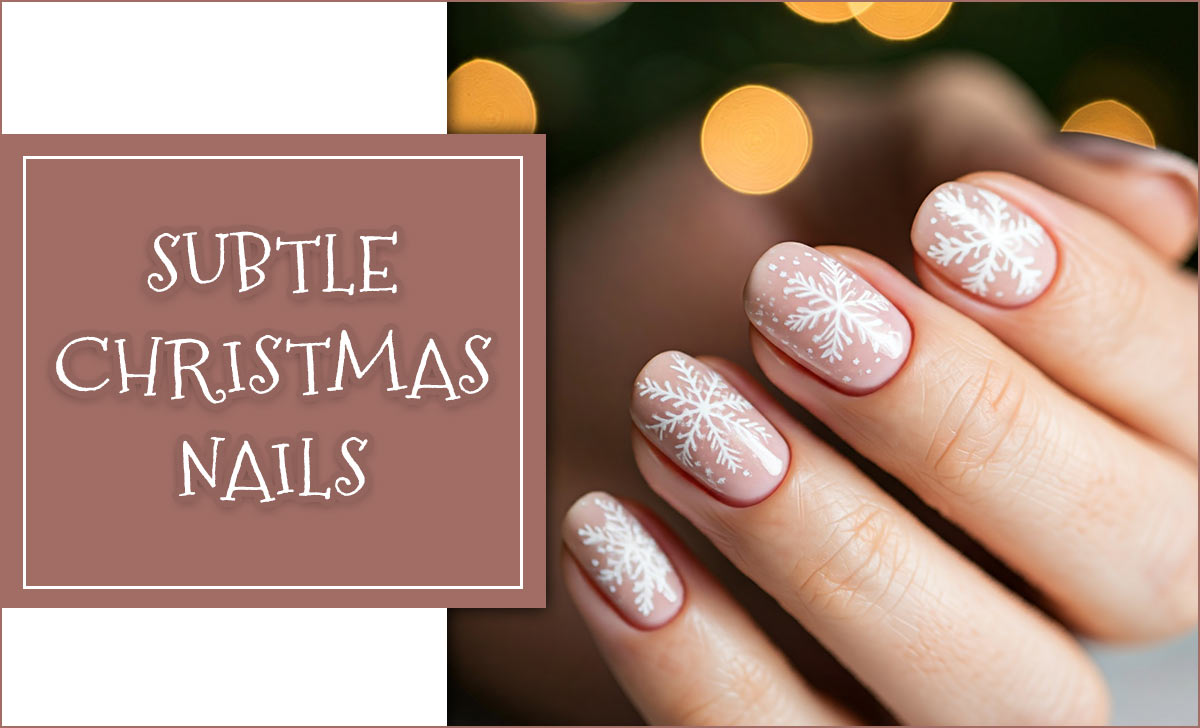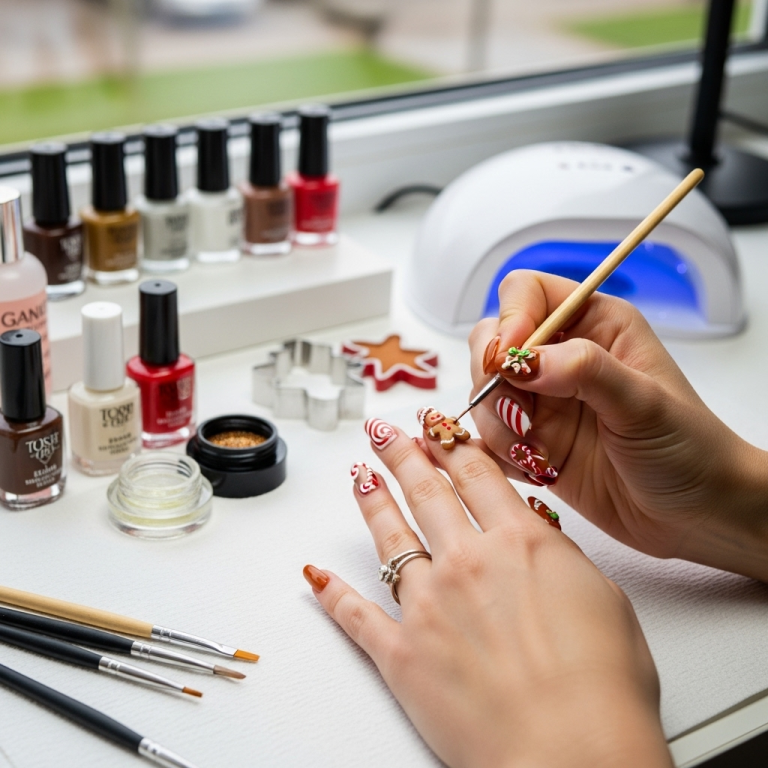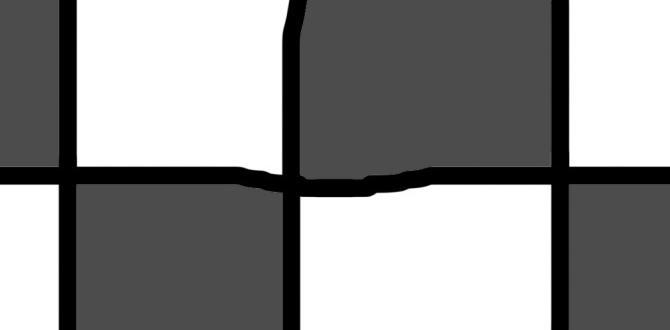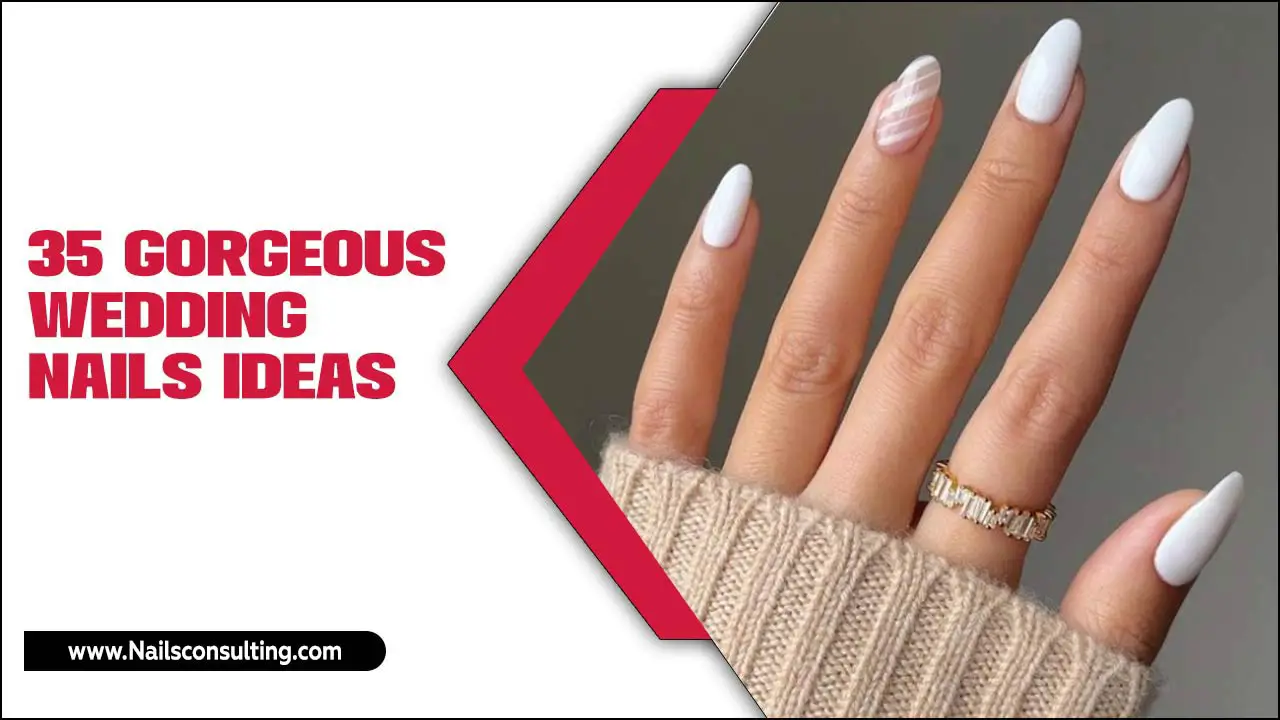Learn how to achieve flawless reverse French tips with this easy, step-by-step guide. We break down the process into simple actions, perfect for beginners, ensuring beautiful, salon-worthy nails at home. Get ready for a chic manicure that’s surprisingly simple to create!
Hey nail lovers! Ever admired those chic reverse French tips and thought, “There’s no way I can do that at home”? I get it! When you’re starting out with nail art, some designs can look super intimidating. Classic French tips are lovely, but the twist of a reverse French tip, where the color fills the moon shape at your cuticle instead of just the tip, adds such a modern and sophisticated vibe. It’s a trend that looks complex, but trust me, with the right tools and a little practice, you can absolutely master this look.
This guide is designed to make reverse French tips totally achievable for anyone. We’ll go through everything you need, from the polish to the tools, and break down each step so clearly, you’ll be wondering why you didn’t try it sooner. Ready to elevate your nail game? Let’s dive in and get those gorgeous nails looking absolutely flawless!
Why We Love Reverse French Tips
Reverse French tips are more than just a pretty design; they offer a fantastic way to express your style. They’re versatile, looking equally stunning with a classic nude and white combo or bold, contrasting colors. Plus, they often grow out more gracefully than traditional French tips, meaning your manicure can look polished for longer. It’s a great technique for those looking to add a subtle yet impactful detail to their nails.
Getting Started: Your Essential Toolkit
Before we jump into the fun part—painting!—let’s make sure you have everything you need. Having the right tools makes all the difference in achieving a smooth, clean finish.
Nail Prep Essentials
Proper prep is the foundation of any great manicure. Skipping these steps can lead to chipping and a less-than-perfect application.
Nail Polish Remover: To clean up any mistakes and ensure a fresh canvas.
Cotton Pads or Lint-Free Wipes: For applying the remover.
Nail File: To shape your nails to your desired length and form.
Buffer Block: To smooth out the nail surface for better polish adhesion.
Cuticle Pusher or Orangewood Stick: To gently push back your cuticles.
Cuticle Oil: To nourish your cuticles after the manicure.
The Polish Powerhouse
For reverse French tips, you’ll need a few key polishes.
Base Coat: This is crucial for protecting your natural nail and helping your polish last longer. A good quality base coat prevents staining and creates a smooth surface.
Color Polishes: You’ll need at least two colors:
Sheer or Nude Polish: For the “moon” or cuticle area. This can be a sheer pink, a nude shade, or even a milky white.
Tip Color: This is the color that will go on the free edge of your nail. It could be white, black, a bright hue, or metallic.
Top Coat: Essential for sealing in your design, adding shine, and preventing chipping. A quick-dry top coat is a lifesaver!
Smart Application Tools
These tools will help you achieve precision and that crisp line.
Thin Detail Brush or Striping Brush: This is your best friend for creating defined lines. Look for synthetic bristles that are fine and precise.
Dotting Tool (Optional): Can be helpful for placing the initial color at the cuticle, though a fine brush works just as well.
Stencils or Striping Tape (Optional): Some people find these helpful for creating a clean guide, but we’ll focus on freehand first!
The Step-by-Step Guide to Effortless Reverse French Tips
Alright, let’s get down to business! Follow these simple steps, and you’ll be rocking beautiful reverse French tips in no time. Remember, patience is key, and a steady hand will develop with practice.
Step 1: Prep Your Nails Like a Pro
This is non-negotiable for a long-lasting manicure.
1. Remove Old Polish: If you have any old polish on, soak a cotton pad with nail polish remover and swipe away.
2. Shape Your Nails: Use your nail file to shape your nails. For reverse French tips, a squoval or almond shape often looks particularly elegant. File in one direction to avoid weakening the nail.
3. Smooth the Surface: Gently buff your nails with a buffer block. This creates a smooth surface for the polish to adhere to. Don’t over-buff; you just want to remove any shine.
4. Push Back Cuticles: Use your cuticle pusher to gently push back your eponychium (the living tissue surrounding the nail). This creates a clean canvas and makes your nail bed appear longer.
5. Wipe Down: Wipe your nails with a lint-free wipe dampened with nail polish remover to remove any dust or oils.
Step 2: Apply Your Base Coat
A thin, even layer of base coat is essential. It protects your natural nail and helps the polish stick better. Let it dry completely until it’s no longer tacky.
Step 3: Paint the “Moon” Area
This is where the reverse French tip gets its name!
1. Choose Your “Moon” Color: Select the sheer or nude polish for this part.
2. Apply to Cuticle: Using your chosen color, carefully apply a thin layer following the natural curve of your cuticle. You want to create a soft arc.
Pro Tip: If you’re using a regular polish brush, you can often get a nice curve by angling the brush slightly and “rolling” it along the cuticle line.
Beginner Hack: If you’re struggling with the curve, use a fine detail brush dipped in your polish to gently paint the U-shape at the base of your nail.
3. Let Dry: Allow this layer to dry completely. It should be dry to the touch before you move on.
Step 4: Add Your Tip Color
Now for the fun part – the tip!
1. Choose Your Tip Color: Select the color you want for the free edge of your nail.
2. Apply to the Free Edge: Using your thin detail brush, carefully paint a line across the free edge of your nail. The goal is to create a clean, defined line where the “moon” color meets the tip color.
Technique: Start by painting a small curve or line on one side of your nail, then connect it on the other side, working your way across the tip.
Precision is Key: Dip your detail brush into your polish and wipe off any excess. You want enough polish for a smooth application but not so much that it floods the nail.
3. Clean Up: If you get any polish on your skin, use a small brush dipped in nail polish remover to carefully clean up the edges. This makes a huge difference in the final look!
Step 5: Refine and Perfect
This step ensures a polished finish.
1. Check Your Lines: Look closely at the line where the two colors meet. Is it crisp? Is it even on all sides?
2. Touch-Ups: If needed, use your detail brush with a tiny bit of either color to refine imperfect areas. You can clean up edges with a small brush dipped in remover.
3. Apply Top Coat: Once you’re happy with the design, apply a generous layer of top coat. Make sure to cap the free edge (paint a little bit over the tip of your nail) to seal everything in and prevent chipping.
Step 6: Let it Dry and Nourish
Dry Thoroughly: Allow your nails to dry completely. This can take a while, so be patient! Using a quick-dry top coat helps speed this up.
Apply Cuticle Oil: Once your nails are dry, massage a little cuticle oil into your cuticles. This rehydrates them and gives your manicure a professional, finished look.
Visualizing the Process: What it Should Look Like
To help you envision the final result, let’s break down the layers you’re building:
| Layer | Purpose | Appearance |
| :———– | :—————————————————————————————- | :———————————————————————————————————————- |
| Base Coat | Protects natural nail, improves polish adhesion. | Clear or slightly milky, covers the entire nail bed. |
| Moon Color | Forms the crescent or U-shape at the cuticle. | A soft, semi-sheer or opaque color (e.g., nude, pink, beige) filling the cuticle area, creating a distinct “moon” shape. |
| Tip Color | Forms the color on the free edge of the nail. | A contrasting or complementary color applied to the tip of the nail, separated from the moon color by a clean line. |
| Top Coat | Seals the design, adds shine, and protects against chips. | Clear, glossy finish over the entire nail, binding all layers together. |
Advanced Tips for Flawless Application
Ready to take your reverse French tips to the next level? Here are a few extra tips and tricks from the pros.
Practice on a Nail Wheel: Before tackling your own nails, practice the technique on a nail wheel or even a piece of paper. This helps you get a feel for the brush strokes and pressure needed without the pressure of making mistakes on your actual nails.
Experiment with Colors: Don’t be afraid to play with different color combinations!
Classic: Nude moon with a white tip.
Modern Chic: Sheer pink moon with a black tip.
Glam: Metallic gold moon with a deep red tip.
Bold: Bright blue moon with a contrasting yellow tip.
Consider Different Shapes: While the classic crescent moon is popular, you can also try a sharper V-shape or even a wavy line at the cuticle for a unique twist.
Use Gel Polish for Longevity: If you have a UV/LED lamp, gel polish can offer a more durable and long-lasting finish for your reverse French tips. The application process is similar, but requires curing under the lamp between coats. For more on gel polish, check out resources like the FDA’s information on UV lamps for cosmetic nail care.
Maintain Your Manicure: To keep your reverse French tips looking fresh, avoid using your nails as tools, wear gloves when doing chores, and reapply a top coat every few days if needed.
Troubleshooting Common Issues
Even with the best intentions, you might run into a few hiccups. Here’s how to fix them:
Wobbly Lines: Don’t despair! Let the polish dry completely, then use a fine brush dipped in nail polish remover to carefully clean up the line. You can then go back over with your tip color to redefine the edge.
Polish Flood at Cuticle: If the “moon” color bleeds into your cuticle, gently pull it back with an orangewood stick before it dries. If it’s already dry, use a small brush dipped in nail polish remover to carefully erase the excess.
Uneven Tip: If your tip color is patchy or uneven, apply a second thin coat. Patience with drying time between coats is crucial here.
Bubbles: Bubbles usually happen when polish is applied too thickly or when nails are painted while still wet. Ensure each layer is thin and has time to dry before applying the next. A quick-dry top coat can sometimes help seal in a slightly uneven finish.
Frequently Asked Questions About Reverse French Tips
Q1: What is a reverse French tip compared to a traditional French tip?
A traditional French tip highlights the free edge of your nail with color, usually white. A reverse French tip, however, uses a color to fill in the “moon” or crescent shape at your cuticle area and often a contrasting color on the free edge.
Q2: Do I need special tools to do reverse French tips at home?
While you can* attempt it with just regular polish, a thin detail or striping brush is highly recommended. It makes achieving those clean lines around the cuticle much easier and more precise for beginners.
Q3: What colors work best for reverse French tips?
This is all about personal style! Classic combinations like nude moons with white tips are elegant. For a bolder look, try contrasting colors like black moons with vibrant tips, or metallic moons with a neutral tip. Sheer or milky shades often work wonderfully for the moon area.
Q4: How can I get a perfectly curved line at the cuticle?
The easiest way for beginners is to use a thin brush to paint the curve directly. You can also “rock” the brush gently along the cuticle line if you’re using a standard polish brush. Don’t worry if it’s not perfect the first time; cleanup with a remover-dipped brush is your friend!
Q5: Can I do reverse French tips on short nails?
Absolutely! Reverse French tips can look fantastic on short nails. They can even help to visually elongate the nail bed. Just be sure to keep the “moon” and “tip” color proportions balanced for the nail length.
Q6: How long do reverse French tips typically last?
With proper nail prep, a good quality base and top coat, and careful application, reverse French tips can last anywhere from 5 to 10 days. Using gel polish can extend this lifespan, often up to 2–3 weeks.
Q7: What if I mess up the line between the two colors?
Don’t worry! Let the polish dry completely. Then, take a small brush (like a fine detail brush or even a small eyeshadow brush) dipped in nail polish remover and carefully trace over the imperfect line to clean it up. Once dry, you can carefully reapply the correct color to neaten the edge.
Conclusion: Your Nails, Your Masterpiece!
And there you have it! You’ve officially learned how to create stunning reverse French tips right at home. Remember, the key to mastering any nail art is practice and patience. Don’t get discouraged if your first attempt isn’t salon-perfect. Each time you try, you’ll get a little steadier, a little cleaner with your lines, and a little more confident.
Reverse French tips are a fantastic way to add a touch of sophistication and modern flair to your manicure. They’re incredibly versatile, allowing endless possibilities for color combinations and personal expression. So go ahead, gather your tools, experiment with shades, and enjoy the process of transforming your nails into little works of art. You’ve got this, and I can’t wait to see what beautiful designs you create! Happy polishing!





